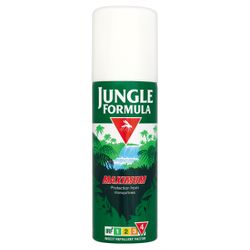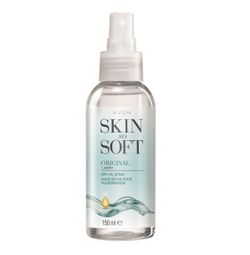How we did the test
We asked manufacturers of insect repellents to submit those they felt were the best options for travellers. Of those submitted, our editor-at-large, Phoebe Smith, took them on the road to find out how they performed and what they were like to use. Each has been given a ‘Best for…’ rating, as indicated.
What to consider
DEET or no DEET?
Insect repellent falls into two distinct categories – those that use DEET (or diethylmetatoluamide) and those that don’t. For young children, pregnant women or those who suffer skin reactions from using DEET, it’s wise to look at the alternatives on offer. The most common ‘natural’ repellents contain a mix of lemon (‘citronella’), eucalyptus or a synthetic product called picaridin (created to resemble piperine, which is found naturally in pepper plants). Scientists and doctors usually recommend DEET if going to a country with a high risk of particularly nasty insect-borne diseases such as malaria, dengue fever or Zika – check with your GP or travel clinic before you leave.
Risk vs discomfort
Every few years you’ll see headlines emerging that question the use of DEET-containing products, citing reports of allergic reactions, plastic melting capabilities and carcinogenic properties (usually through long-term use). However, it’s all about how much of the chemical is used within the mixture. Generally, a maximum of 30% DEET is thought to be safe (especially in short-term use). You can buy some with up to 100%, though reports suggest that 30% could be as effective as 50% DEET products or higher.
Though it’s not a particularly nice product, do remember that you need to consider the risk and effects that contracting an insect-borne disease brings; if serious, then short-term DEET use (even at high strengths) may be well worth it. Check where you’re going on fitfortravel.nhs.uk to see what risks your destination holds – if you’re facing only an annoying itch at worse, then a natural product could be preferable.
Smell
Let’s not beat around the bush (especially if there are flies in it), all repellents smell, even the ones that claim they don’t. DEET-containing products smell strongest – and are initially very potent – while natural ones that contain citrus flavours can be more pleasant. Choosing your repellent is a mix of personal preference combined with balancing the risk of contracting a disease.
Length of effectiveness
All formulae will need to be topped up eventually, even those boasting all-day protection (usually this means around eight hours). This is particularly true if going somewhere very hot (as you’ll often sweat it off), doing something particularly active or if swimming in water.
Feel on skin
Much like smell, this is a case of personal preference. Some feel sticky, others dry; some you will barely notice that you are wearing. Be mindful that some repellents can prevent sunscreen working, so check instructions first.
Effectiveness
Science points to DEET being the most effective repellent; however, smaller studies, anecdotal evidence and lab testing has shown that others can work, too. But then it can also depend on the individual – some people naturally attract more insects than others, meaning that they need something stronger than those who don’t. The test here is meant to offer guidance on what is available and the writer’s experience on the road, rather than any scientific research into how well each works in strict laboratory conditions.








